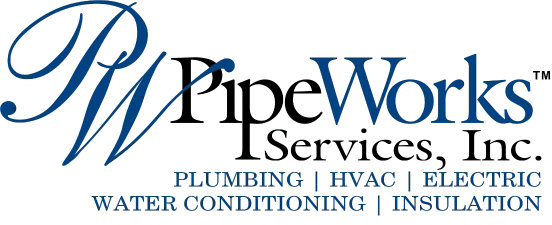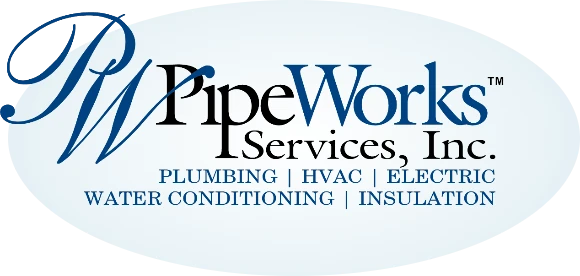One of the unseen dangers New Jersey homeowners must face is carbon monoxide, an invisible, odorless, colorless gas. Since humans cannot detect it, your home needs to be protected with carbon monoxide detectors. Knowing some of the challenges this compound can bring will make you better equipped to safeguard your family.
Risks
Some 400 people every year die from carbon monoxide (CO) poisoning, according to the Centers for Disease Control (CDC). More than 20,000 more victims end up in the hospital. They fall prey to this silent killer because home heating sources produce the gas from imperfect combustion. Possible sources for CO inside your New Jersey home include these:
- Heating systems with cracked heat exchangers
- Poorly ventilated furnaces
- Imperfectly sealed boilers
- Wood stoves with damaged flue pipe
- Kerosene heaters
- Gas water heater
- Faulty kitchen stoves
- Engines running in closed garages
- Charcoal (hibachi) stoves
Difficult Diagnosis
You may dismiss the milder symptoms of CO poisoning because they are flu-like and vary in severity. Starting as headaches, dizziness, general weakness, or nausea, the symptoms escalate to vomiting, chest pain, confusion, respiratory problems, and, eventually, death.
Particular Population Problems
Some categories of the general population are at greater risk of CO poisoning than others:
- Unborn babies
- Infants
- Elderly
- Sufferers from chronic heart disease, anemia, or respiratory problems
Fight CO Poisoning
In winter, be attentive to snow drifts building up around vents. Make sure your furnace or boiler adequately sends exhaust fumes outdoors. Have your HVAC system checked by a qualified technician before the start of the heating season, so you know your flue pipes are adequately sealed. If you own a wood stove or kerosene heater, have them checked, too.
The best way to prevent carbon monoxide poisoning is by installing special CO detectors throughout your house. To avoid false alerts, place them around 10 feet away from sources of CO (furnace or boiler, wood stove, or kitchen stove) and keep their batteries fresh. Follow the same schedule you use for your smoke alarms (fall and spring replacement).
For additional help with carbon monoxide challenges, contact us at Pipe Works Services



